Case Study
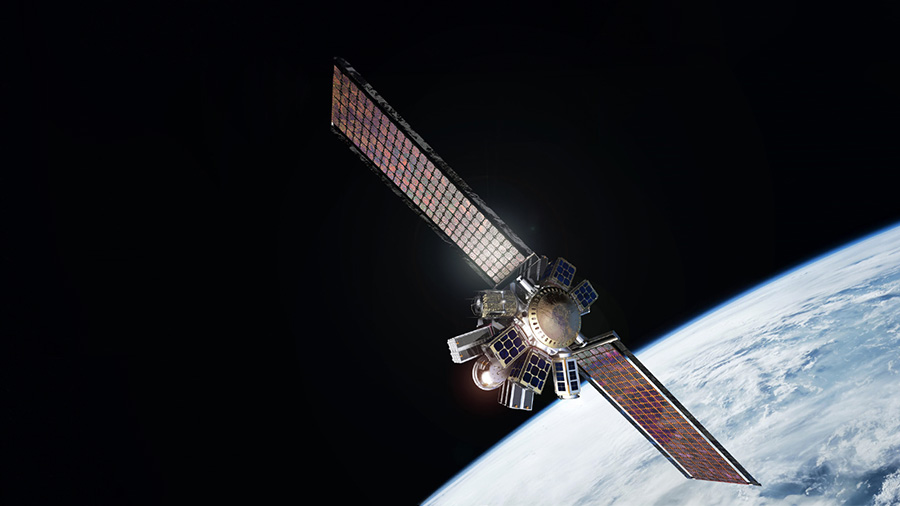

Published on:
Space Machines Company is an Australian enterprise providing orbital logistics and services to to maintain, refuel, repair and decommission satellites and other spacecraft for commercial and government entities. The company is dedicated to developing Australia’s space transportation capabilities to cost-effectively place satellites into LEO, GEO and cis-lunar orbits.
Space Machines Company, a pioneer in the Australian commercial space sector, is celebrating a major milestone with the launch of their first orbital service vehicle (OSV), Optimus. To be launched from Vandenberg Space Force Base aboard a SpaceX Falcon 9 rocket, Optimus not only highlights Australia’s growing expertise in space technology but also introduces a cosmic breakthrough for the management of aging space infrastructure.
Following less than 3 years of development, Optimus has emerged not only as the largest single satellite ever produced in Australia but also one that is extremely efficient and capable. With a weight of 270 kg and dimensions of 1.5 m by 1.5 m by 1 m, it boasts an impressive customer payload capacity of up to 500 kilograms.
Space Machines Founder and Chief Executive Officer, Rajat Kulshrestha, has described Optimus as both a “space taxi” and “roadside assistance” in orbit. In addition to helping customers ferry satellites to their destined orbits, Optimus’ core function will be to provide on-demand orbital services, such as repairing, refueling and upgrading space infrastructure.
“Similar to when a vehicle breaks down on the road, we want to be the on-call provider for space vehicles and satellites.”
adds Kulshrestha
Optimus also represents a transformational change in the space economy, as companies are looking to extend the lifespan of space assets they use, reduce the need for launches and contribute to a more sustainable space environment.
According to estimates by Swinburne University, there are currently over 8,700 active satellites in Earth’s orbit. This number is expected to increase by 700% by the end of the decade. As well, hundreds of millions pieces of space debris float around Earth, with only 35,000 of those large enough (greater than 10cm) to be tracked from the ground.
With space becoming an increasingly vital, but crowded, domain for global communications, commercial applications and scientific research, OSVs will play a key role in managing the challenges posed by increasing orbital debris or “space junk”, a growing concern for space safety and sustainability.
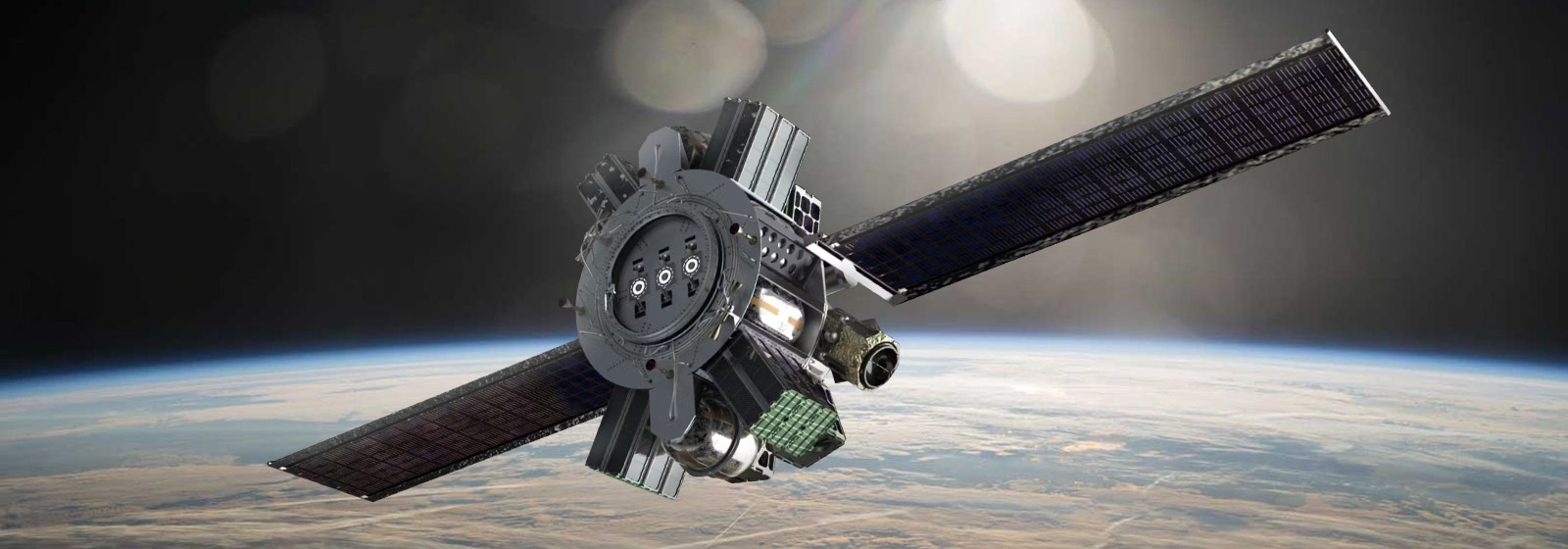
The Optimus orbital service vehicle (OSV) by Space Machines Company.
Navigating the vast expanse of space presents unique challenges that demand the utmost precision. For OSVs like Optimus, performing intricate maneuvers such as “orbital jumps” and satellite docking carries high stakes, where the margin for error is close to zero. In addition to ensuring mission success, precision is crucial to avoiding collisions that could catastrophically damage critical space assets.
In this context, inertial navigation systems (INS) play a pivotal role by providing exact measurements of orientation, position and velocity. Optimus features the Boreas X90, DFOG INS from Advanced Navigation, specifically designed to meet these rigorous demands and help make maneuvers like in-space propulsion, orbital jumps and satellite docking seamless.
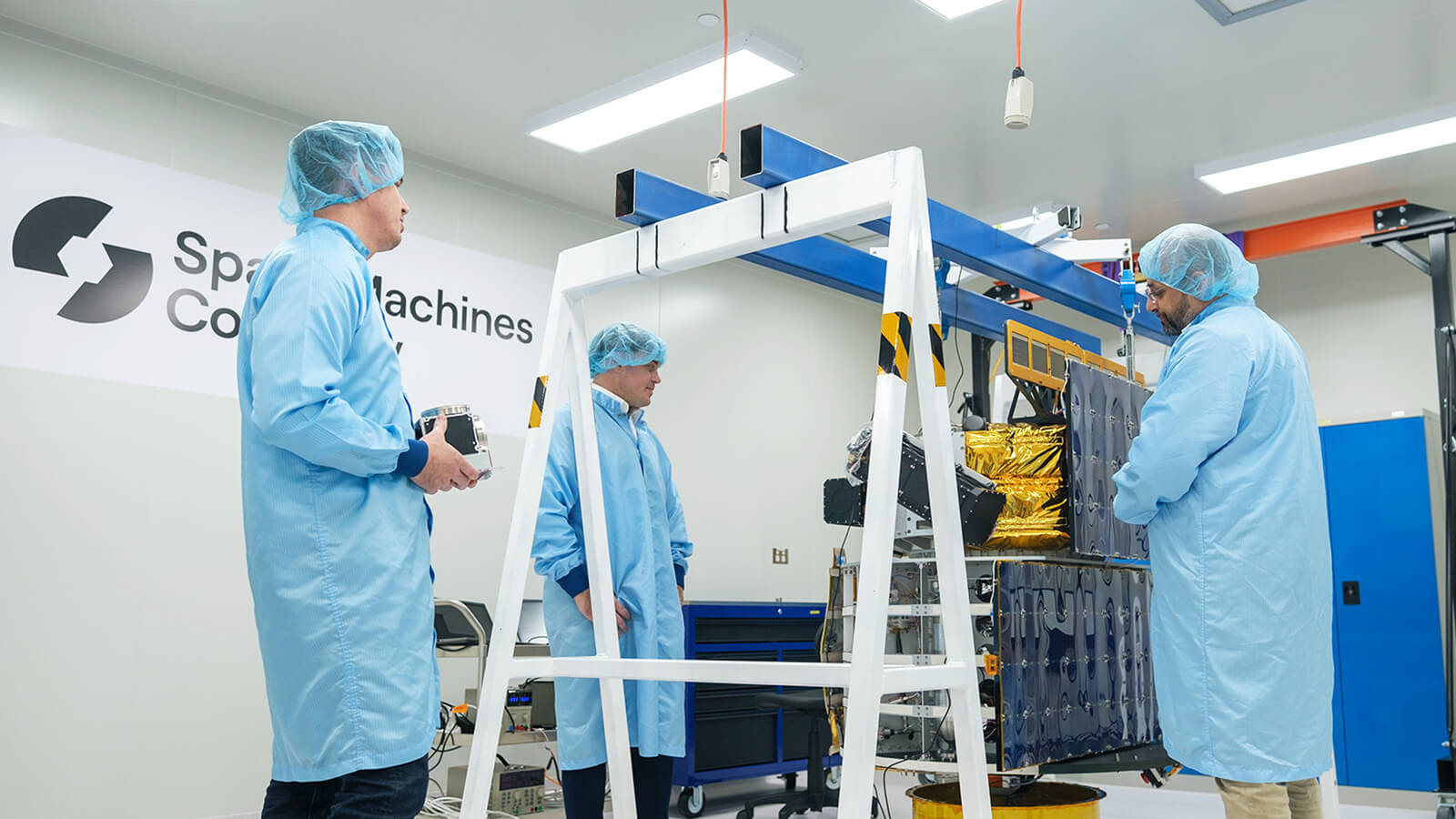
Advanced Navigation and Space Machines inspect Optimus equipped with Boreas X90.
After launching, Optimus will settle into a low Earth orbit (LEO), which is relatively close to the Earth’s surface, usually within 1000 km. To maintain this orbit or to service other satellites in the same orbit, Optimus depends on an array of attitude and orbital control sensors and effectors. These tools gather data from the Earth, Sun and stars, along with GPS signals, to determine the vehicle’s precise position and orientation.
Should a target satellite be located in a different orbit, such as medium Earth orbit (MEO) or geostationary orbit (GEO), Optimus will need to perform what can be thought of as an “orbital jump”. For these maneuvers, Optimus relies on the Boreas X90 to guide its movements with a high degree of accuracy, within or between orbits.
Orbital jumps are maneuvers enabling space vehicles, such as OSVs, to transition between the various orbits around Earth – of which there are several, each serving different purposes. Achieving these “jumps” with high precision is essential for Optimus to provide services to different satellites across different orbital bands.
This process often involves firing the satellite’s onboard thrusters or utilizing other propulsion systems to change its velocity and, consequently, its orbital parameters.
The ability to perform orbital maneuvers depends on the satellite’s design and the availability of sufficient fuel or propellant for propulsion. Smaller satellites, like CubeSats, may lack the necessary propulsion systems for significant orbital changes, while larger satellites with dedicated propulsion systems may have more flexibility.
Animation detailing Boreas X90 orbit applications.
Satellite docking refers to the process when two spacecraft come together and physically attach in space. This activity can be done for various purposes, such as transferring cargo, fuel and crew, or for conducting repairs and maintenance.
During satellite docking, any deviation from the designated alignment could pose significant risk to both the OSV and the satellite involved. To ensure mission success, every movement, rotation and propulsion action must be performed with flawless precision, relying on sophisticated navigation technology, including the Boreas X90 INS.
“It’s all about ensuring Optimus is exactly where it needs to be.”
Jarrod Stilp, Advanced Navigation R&D Manager.
Additionally, real-time communication from ground control teams help guide the OSV through its approach and rendezvous phases. These teams will use specialized software to facilitate what is known as soft docking – where contact is made – followed by hard docking – where a secure physical connection is established.
In the early development of Optimus, Advanced Navigation was selected by Space Machines to provide an INS that would not only withstand the extreme conditions of space but also deliver the accuracy required for orbital jumps. Achieving these capabilities and ensuring Boreas X90 was space-ready was no easy feat. The development involved rigorous testing, such as vibration, shocks and radiation exposure under extreme conditions.
The result was a space-grade Boreas X90 – the world’s first INS with digital fibre-optic gyroscope (DFOG) technology. This state-of-the-art system, based on Advanced Navigation’s existing Boreas series architecture, integrates advanced sensors and software to provide Optimus with ultra-accurate orientation and positioning data crucial for mission success.
What sets Boreas X90 apart is its lightweight and compact design, crucial for space missions where every gram can significantly add to launch costs and reduce fuel efficiency. By optimizing for SWaP (size, weight and power), Boreas X90 not only promises cost savings but also enables increased payload capacity. This benefit allows OSVs to transport additional equipment or fuel, expanding their mission capabilities.
“The Boreas X90 represents a leap into the future of autonomous space navigation, setting new standards in precision and reliability for long-endurance space missions.”
Says Stilp.
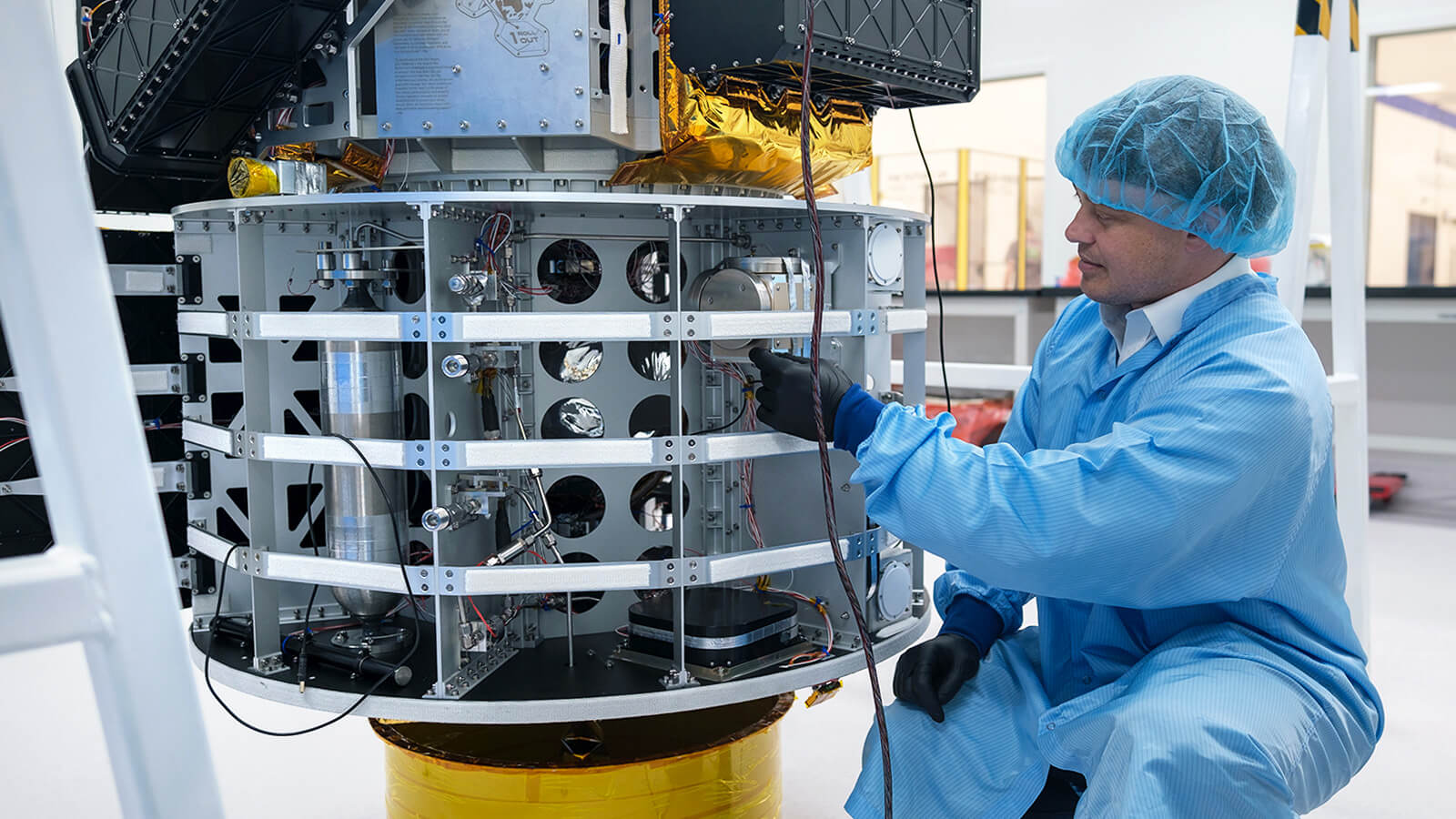
Boreas X90 DFOG INS integrated into the Optimus OSV.
With the deployment of OSVs and their integration of sophisticated inertial navigation systems, companies like Space Machines and Advanced Navigation are paving the way for not just more efficient space operations but also for a more sustainable environment around Earth by extending the life of existing space infrastructure.
“As the space economy grows, we predict that on-orbit servicing and OSVs will become a new paradigm for how we build and manage space infrastructure. Hopefully, it also leads to a system where resources are reused in space, mirroring our efforts toward sustainability on Earth.”
says Kulshrestha.
In today’s increasingly congested space environment, dense with satellite traffic, systems like the Boreas X90 are crucial not just for OSVs but for all types of spacecraft seeking optimal route planning and collision avoidance. Looking ahead, OSVs equipped with Boreas X90 will enable orbital vehicles to take on bigger challenges. These may include constructing modular space stations to mining asteroids for minerals, or even starting the development of habitats beyond Earth.
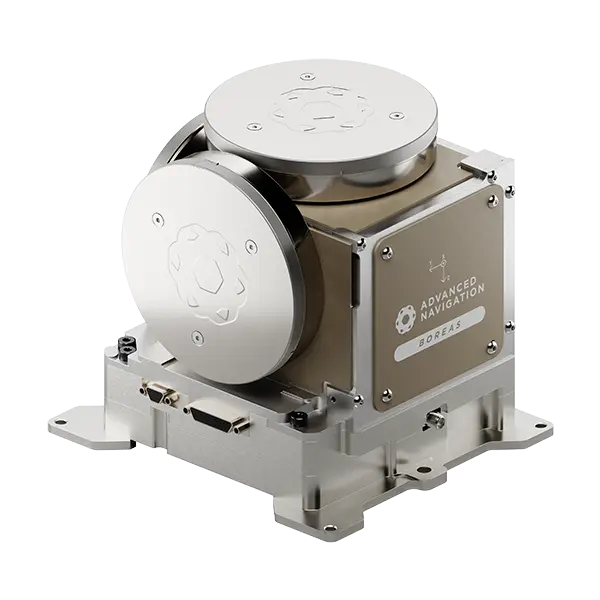
For more information about the Boreas X90 or Advanced Navigation’s solutions for space, visit our Space Industry page or fill in the contact form below.